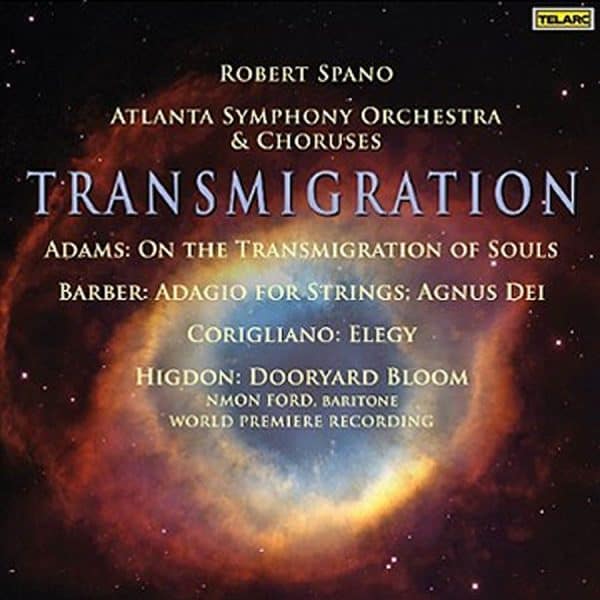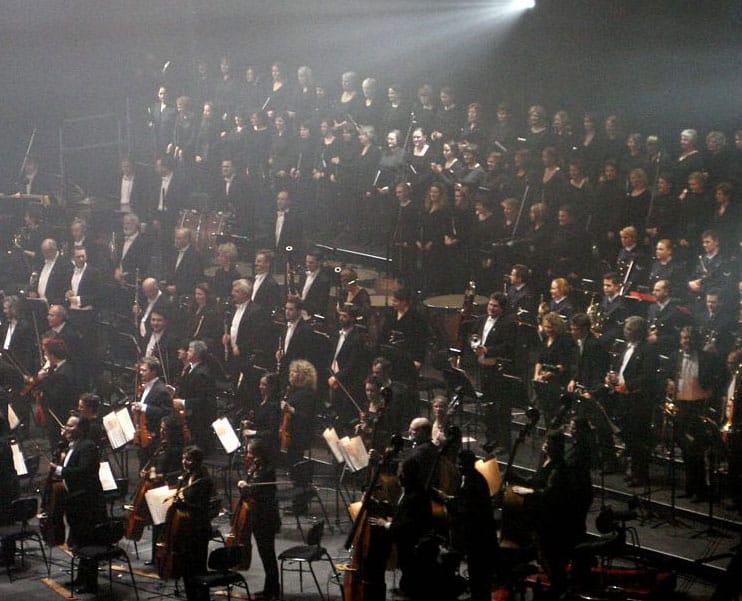Transmigration is a recording which could be described as something of a hidden gem. Even since bagging the Grammy for Best Immersive Audio in 2010, the work has not gone on to sell the numbers you might expect, which could be seen as some surprise when you give the movement even just one listen.

The Atlanta Symphony Orchestra, led by Robert Spano (who would go on to conduct this orchestra for a further 10 years, 20 in total), have taken on a variety of pieces, spanning almost a century.
Transmigration moves first through Barber's “Adagio for Strings” and “Agnus Dei” before John Adams' touching “On the Transmigration of Souls,” John Corigliano's “Elegy,” and Jennifer Higdon's “Dooryard Bloom”.
“Adagio for Strings” is a piece of music known to all, whether classical music fans or not, and the adaptation from being played by a quartet when originally composed in 1938, to full orchestra in the Transmigration recording, gives us an early hint of the engineering prowess on show. The familiar swells of the iconic composition also give a glimpse of the raw emotion in both the musicianship and the mixing of the Atlanta Symphony Orchestra.
“Agnus Dei” extends on the themes of “Adagio for Strings,” as per the original Barber composition, and the two could easily merge into one piece upon listening.
The skip to the more contemporary “On the Transmigration of Souls” is seamless. The emotion and drama continue into a piece the composer calls “a memory space - a place where you can go and be alone with your thoughts and emotions.” It was inspired by the tragedy of 9/11, and the piece features some amazing choral performances as well as somber, moving and sometimes jarring orchestral themes. These performances are all packed together into a congruent mix in spite of their diversity, a testament to the work of Bishop and Martone and surely one of the key reasons this Grammy was awarded.
“Elegy” lifts us for the final steps of this album, mystery and sometimes even romance are present in this recording, which captures a certain elegance in its jaunty nature.
“Dooryard Bloom” is our finale. Choral, dramatic and almost operatic. It draws from Walt Whitman’s work “When Lilacs Last in the Dooryard Bloom'd” and captures the poet’s transcendentalism and at times abstract themes. The finale pulls us in directions the previous compositions gave us no hint of, and leaves a sense of wonder and spirituality as the work draws to a stunning close.
The mix of such musical ideas is certainly brave. A variety of composers, all of whom are known for their different styles, wrote these pieces decades apart. To add a full stereo field and immersive audio experience into the list of challenges made things even harder. Michael Bishop and Elaine Martone knit their works together with seeming ease, and the mixing of the choral elements as well as this enigmatic orchestra are what brought the critical claim deserved to Transmigration.

